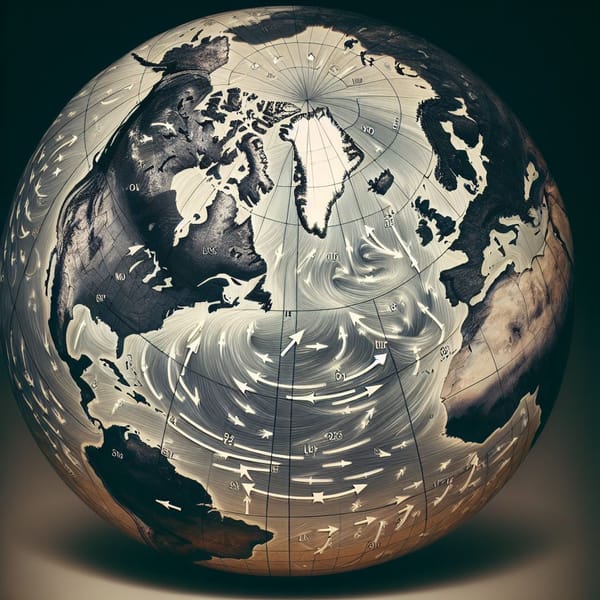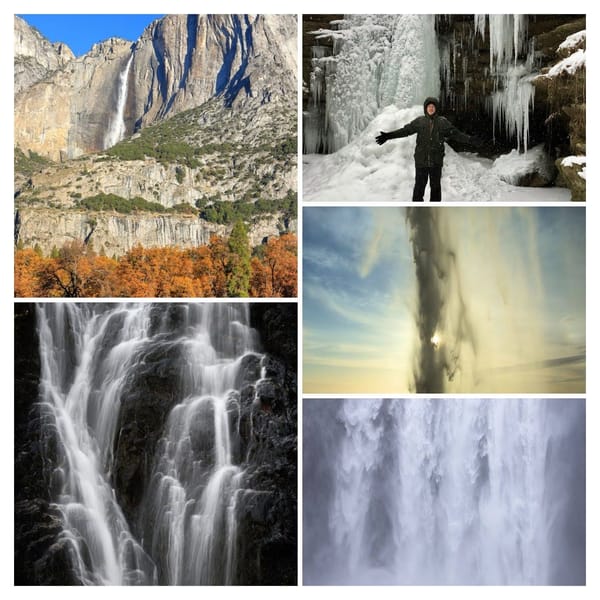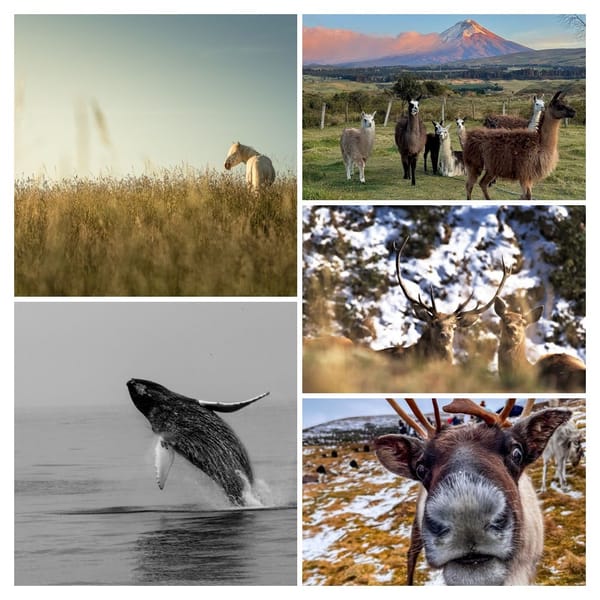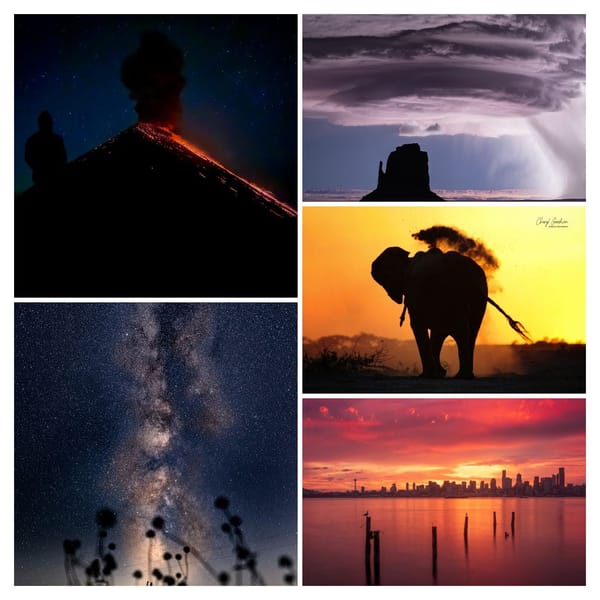Five Facts About : Snow
Snow is a particular favourite of weather photographers the world over. Here are 5 snowy facts.
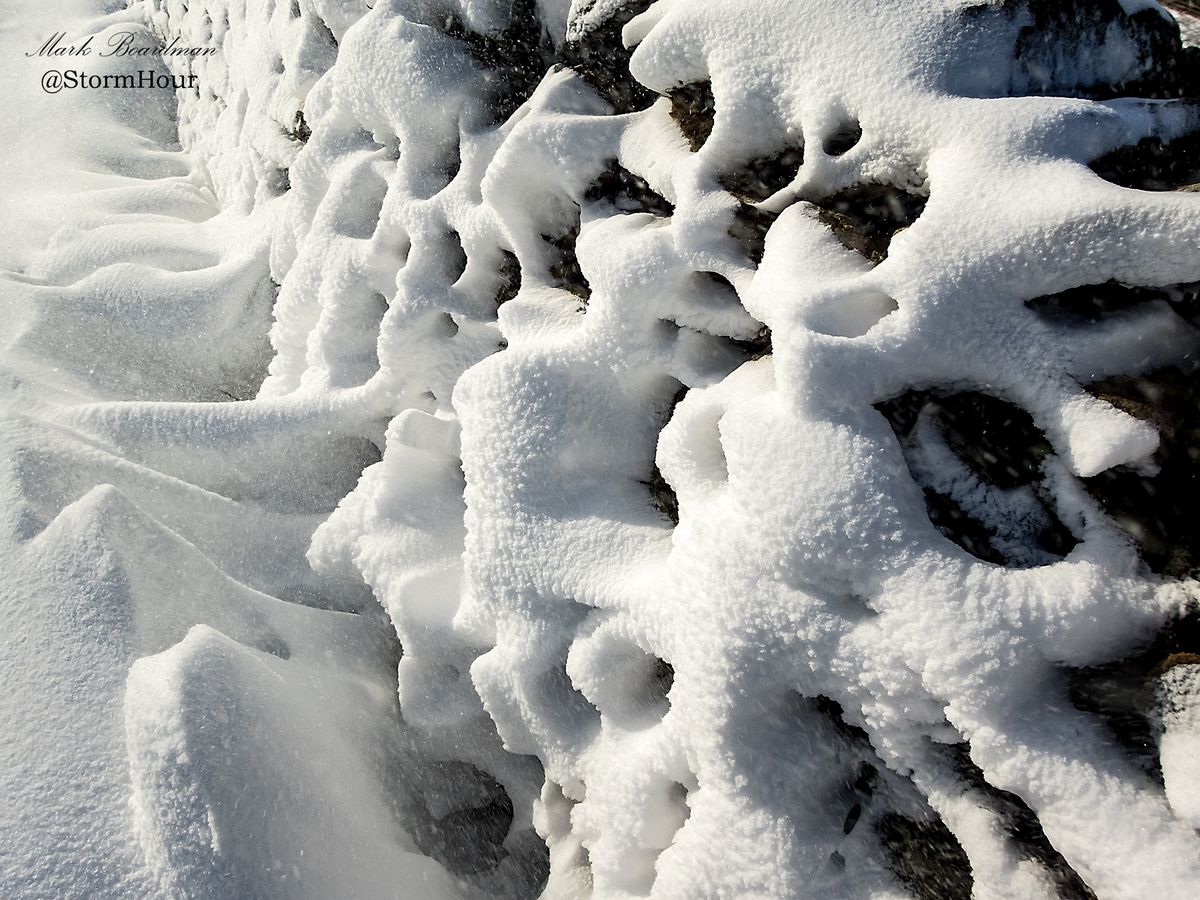
Despite all I have seen and experienced, I still get the same simple thrill out of glimpsing a tiny patch of snow in a high mountain gully and feel the same urge to climb towards it. ~ Edmund Hillary
Snow is a personal favourite of mine, and it appears to be a particular favourite of weather photographers worldwide. I hope you enjoy these five randomly chosen facts about snow, with a few pictures thrown in for good measure 🙂
As always, click on the image for a larger viewing~ Mark
1. Just like a Polar Bear, snow isn’t white. It looks white, of course, but is actually translucent, so light passes through indirectly. The many sides of an ice crystal diffuse and reflect the entire light spectrum giving it its white appearance. (If snow is deep enough, it can filter out more light waves, with blue photons being more dominant, resulting in a bluish tinge to the snow)
2. Snow is common at high and mid-latitudes, but is even possible at high altitudes near the equator.
At 4,690 metres (15,387 ft), Mount Cayambe in Ecuador is the highest point in the world crossed by the Equator and the only point on the Equator with snow cover.
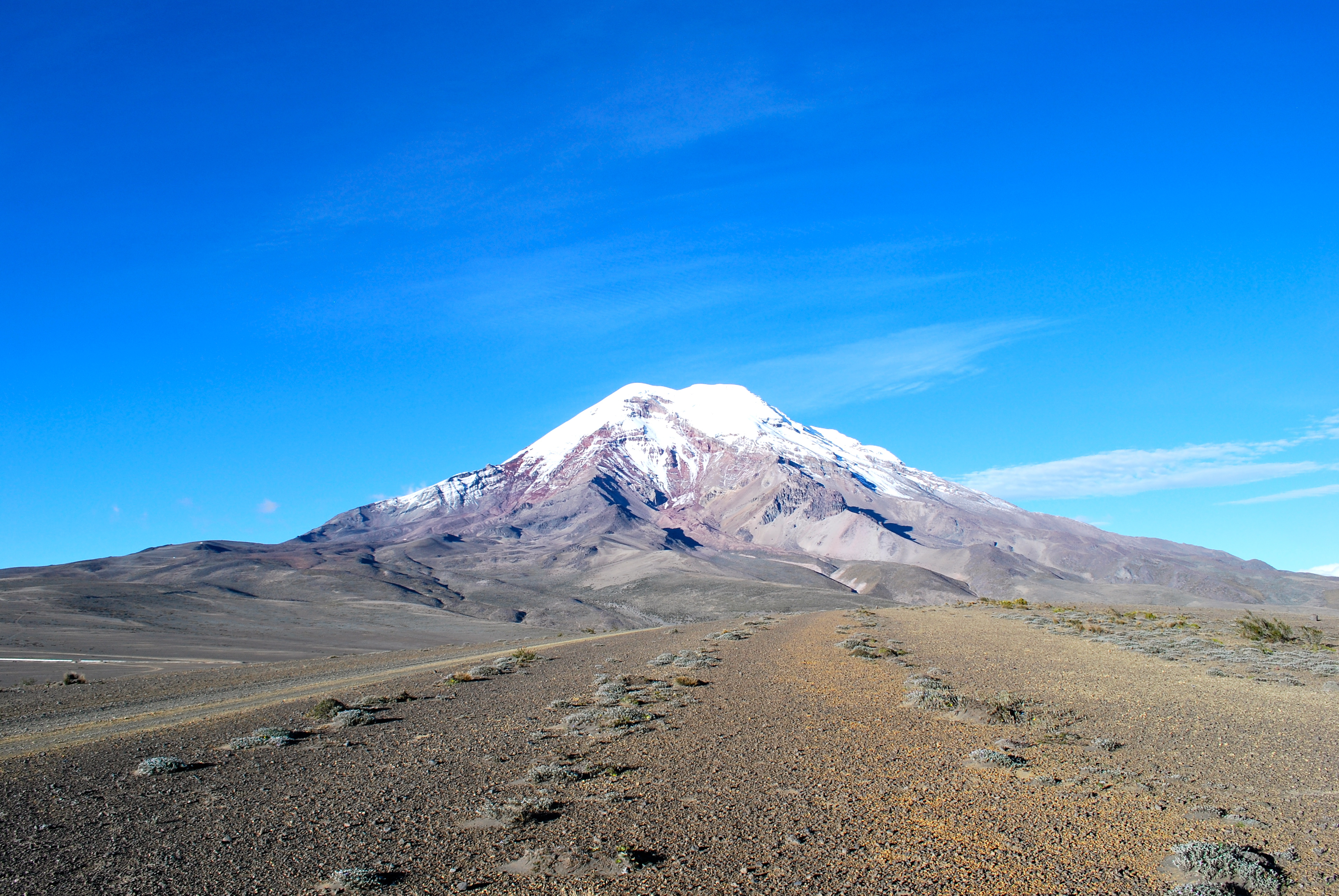
3. Igloos! When warmed by body heat alone, temperatures inside an igloo can range from −7 °C (19 °F) to 16 °C (61 °F), according to Wikipedia with an outside temperature of −45 °C (−49 °F)
This all still sounds a bit too chilly for my liking, but can be a lifesaver.
Igloos are built as paraboloids; the maths behind the stress at the base of the igloo can be expressed in this simple equation :

Very nice. We all love a bit of maths (or ‘math’ depending on which side of the pond you live)
4. The warmer the snow, the more moisture it will hold and the bigger the flakes will be. Therefore the perfect conditions for snow are close to and just below zero!
According to The Guinness Book of Records, a 15-inch wide snowflake fell on the Fort Keogh Army Post in Montana in 1887. Unfortunately, no corroborating evidence exists, just eyewitness testimony.
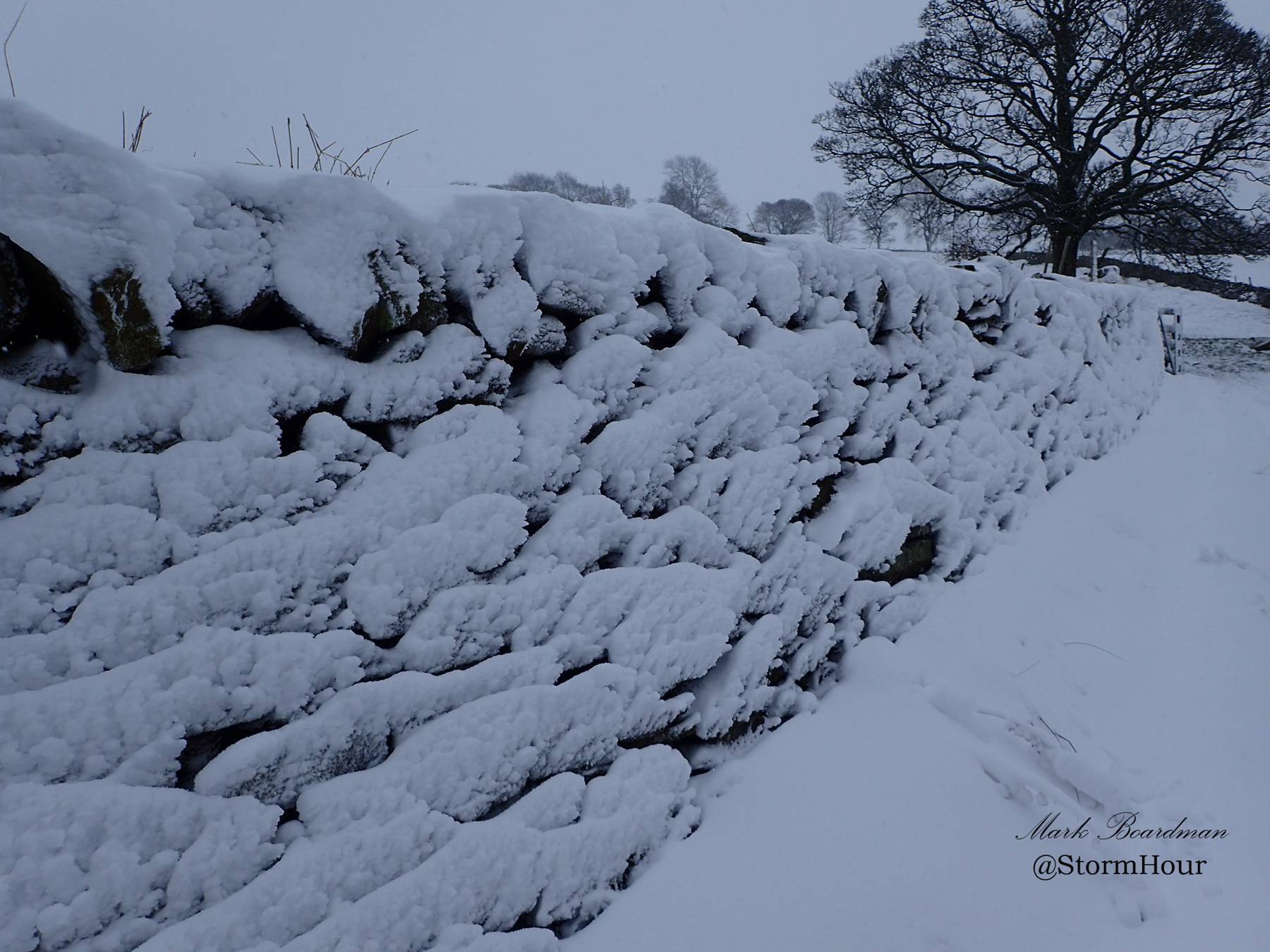
5. The speed of snow. While impatient raindrops zip through the atmosphere at 20 mph, snowflakes take a more Zen approach and fall at a leisurely 1.5 mph (on average, depending on size, surface area, water content etc.) and take roughly an hour to reach the ground (again, on average)


